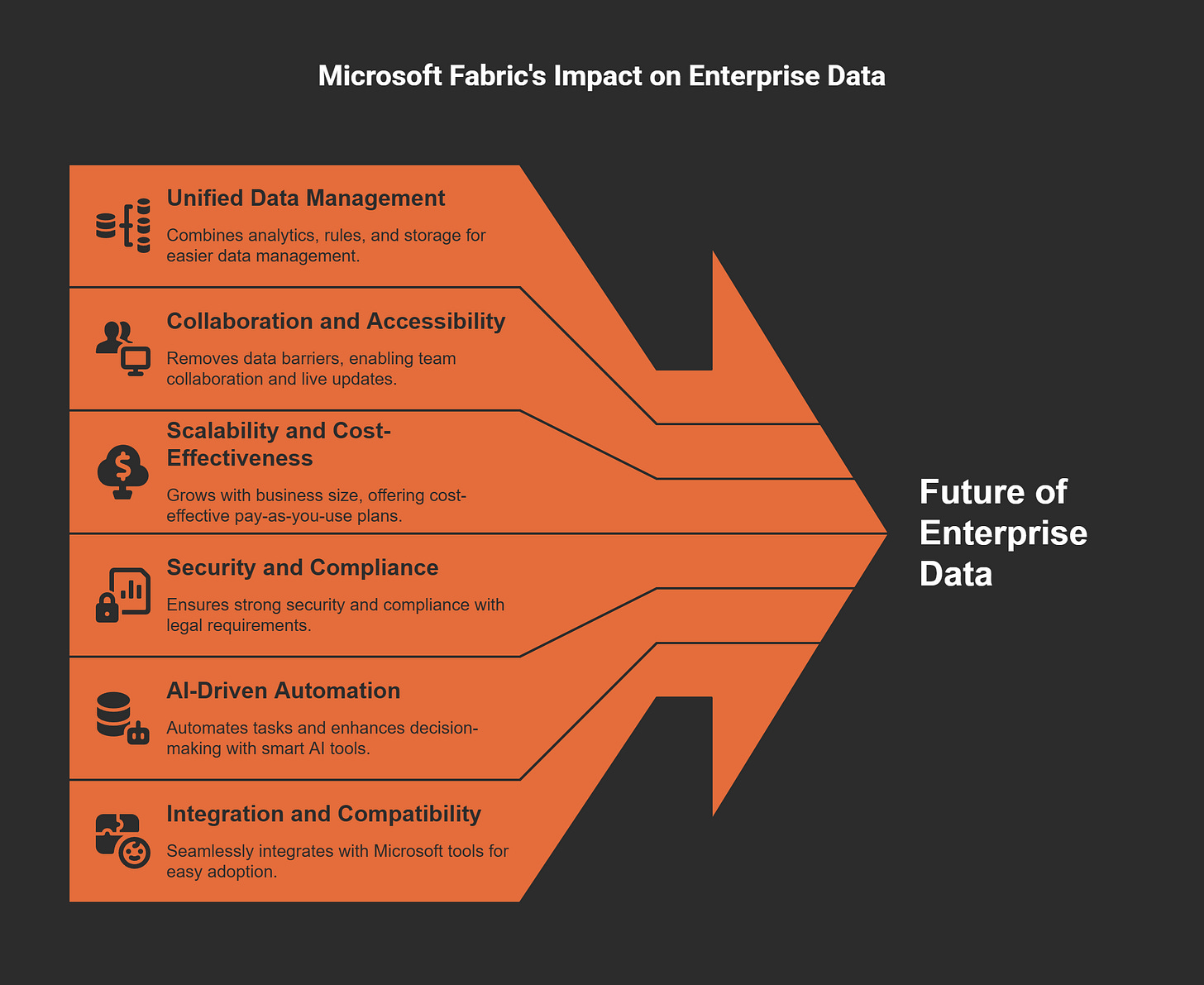Why Microsoft Fabric is the Future of Enterprise Data
You’ve probably noticed how managing enterprise data feels more complex every day. That’s where Microsoft Fabric comes in. It’s not just another tool; it’s a game-changer. By combining analytics, governance, and integration, it creates a unified platform that simplifies your data needs. Imagine having everything you need for data management in one place…


